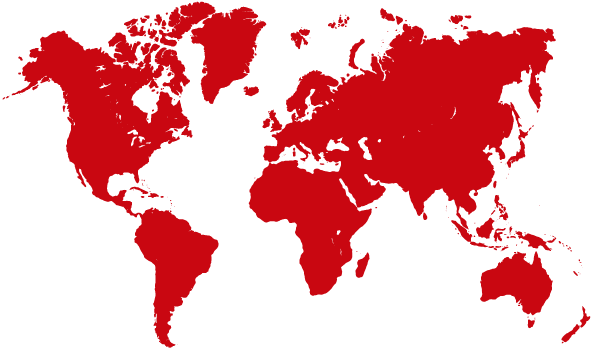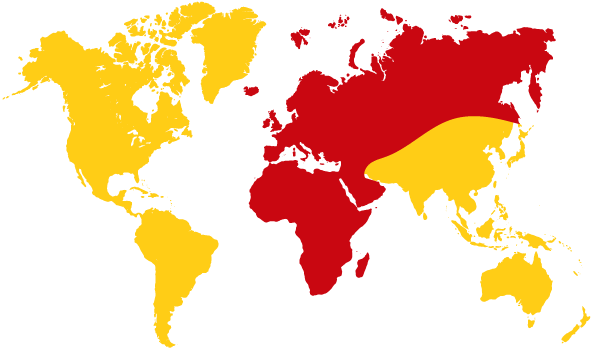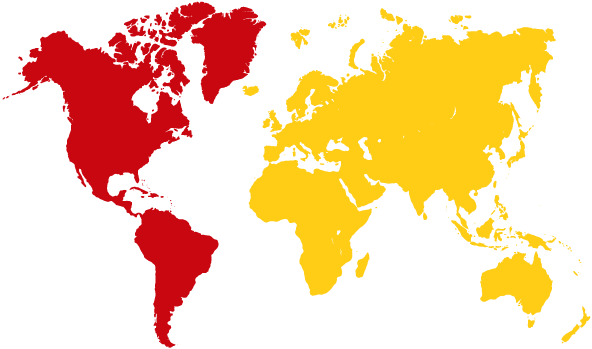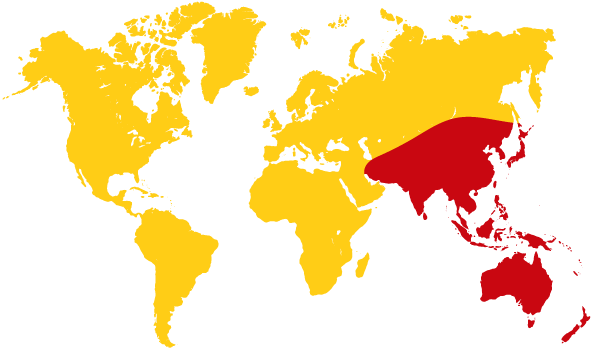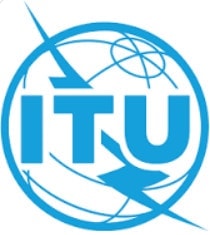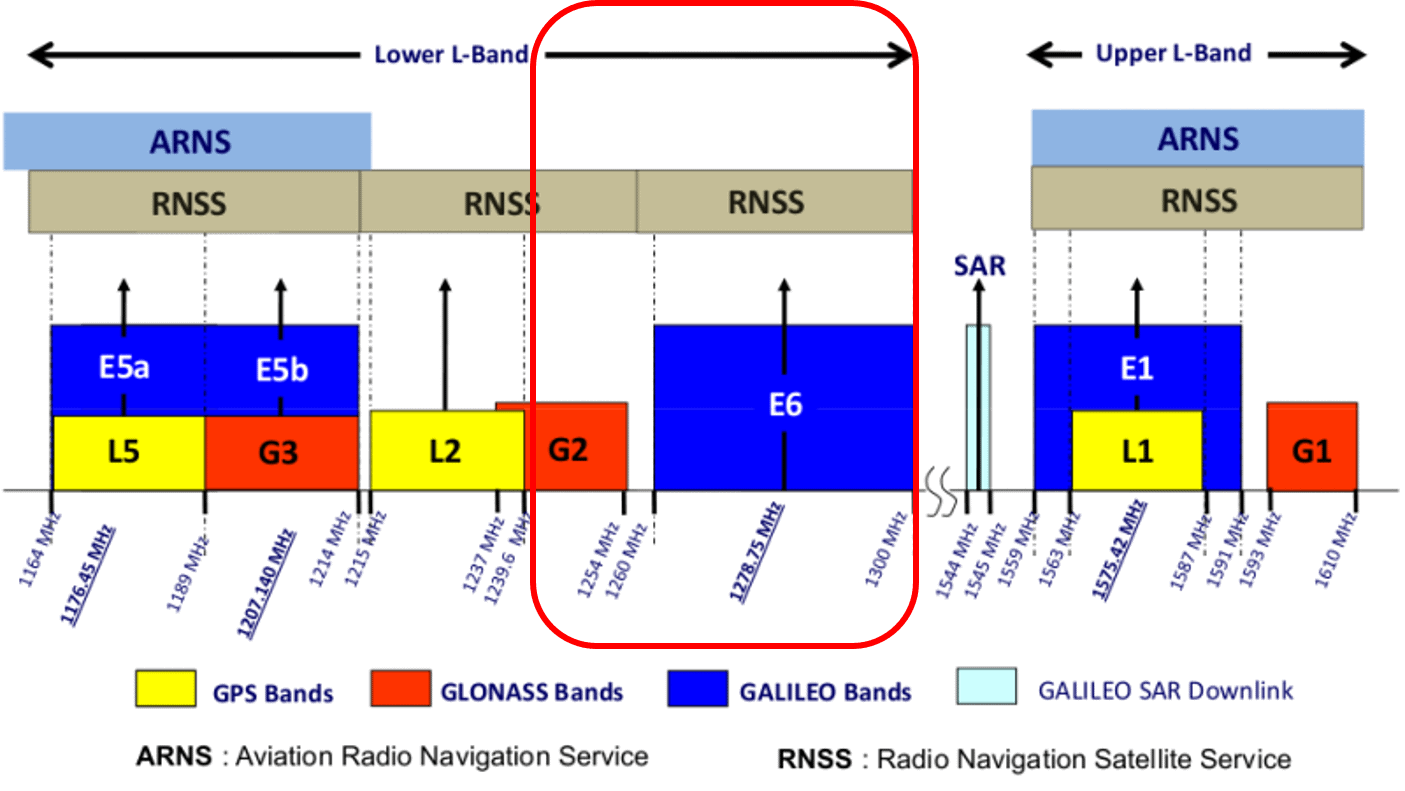Over the period 14th to 25th November 2022, the preparatory work for WRC-23 agenda item 9.1b continued in ITU‑R Working Party 5A (WP5A). Two deliverables are under discussion:
1) Draft ITU‑R Report M.[AMATEUR_CHARACTERISTICS] – this reports on the specific 23cm … Read more →
